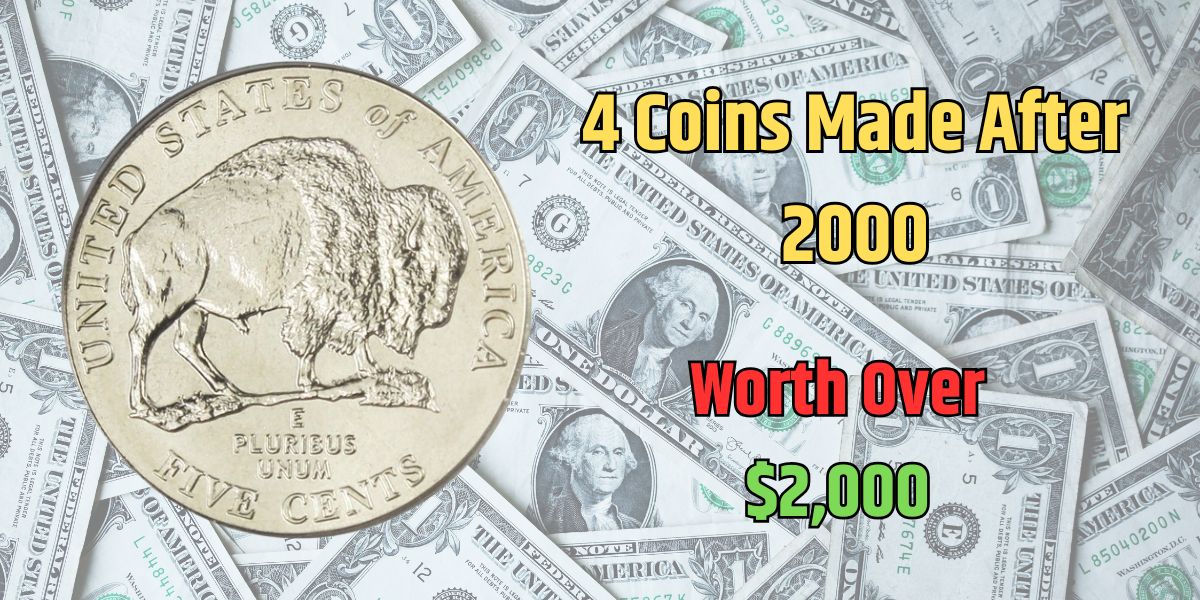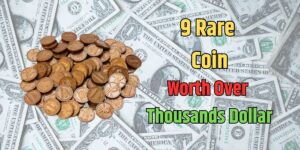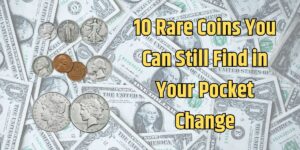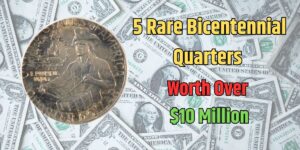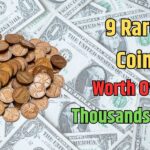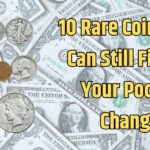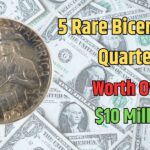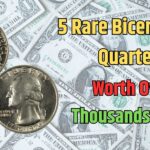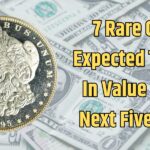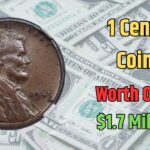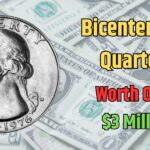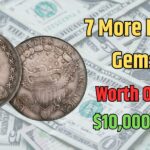Coins are typically worth their face value, but some can be worth much more due to their rarity, condition, or unique features. Collectors value these coins not only for their economic worth but also as symbols of history and culture. Here are some rare coins that might just make you a small fortune if you find one hidden in your pocket.
Rare Coins Worth Noticing
2004-D Wisconsin State Quarter
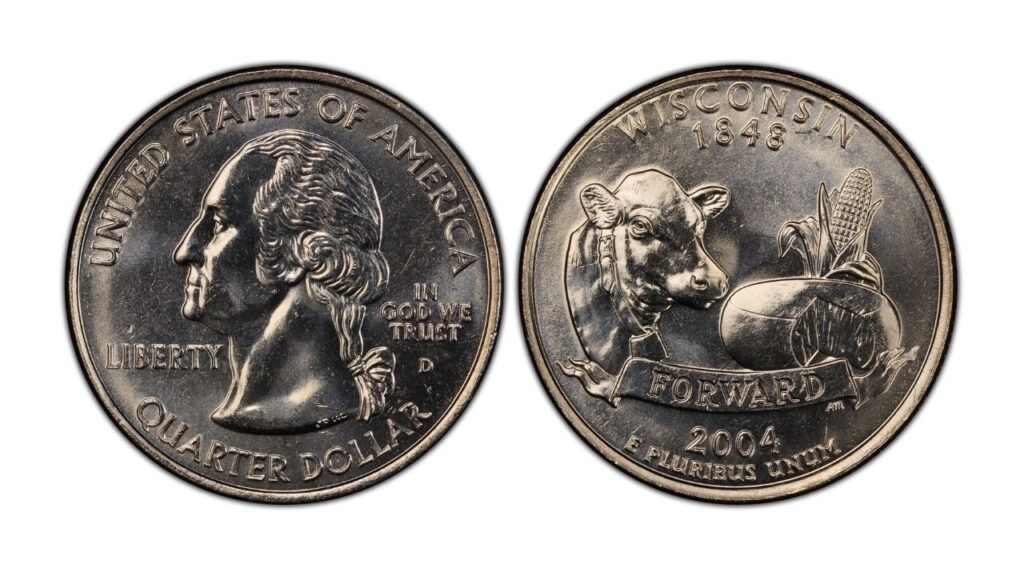
This quarter features a cow, a cob of corn, and a wheel of cheese. Its rarity lies in a design error: an additional leaf on the cob of corn.
- Value: $95–$300 for most, but coins graded as “Mint State 66” have sold for $2,530.
- Collector Insight: Coins with this feature are highly sought after, making them valuable even in moderate condition.
2005-D Speared Bison Jefferson Nickel
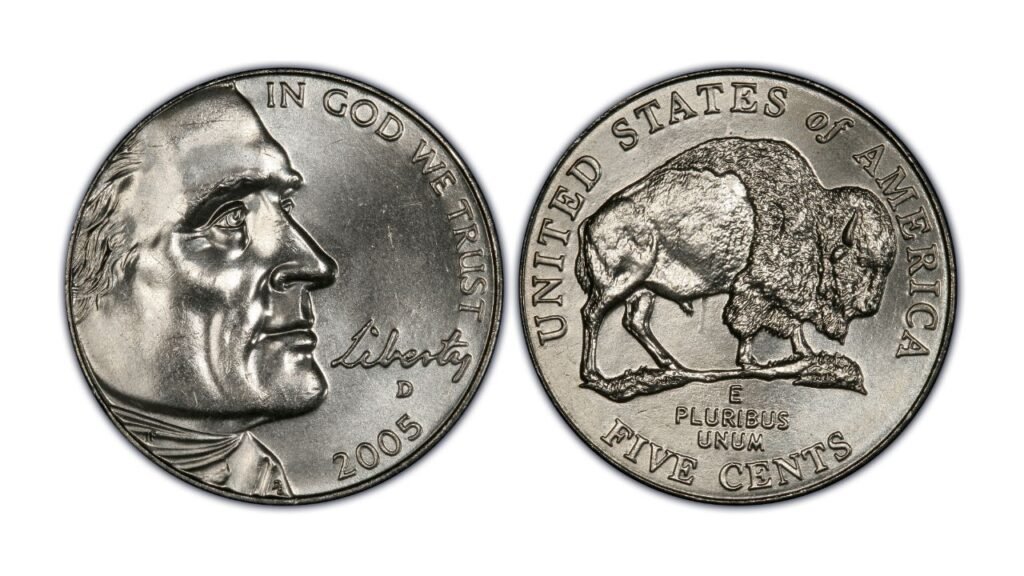
This coin displays a bison on the reverse side. A unique die gauge mark running through the bison makes it rare.
- Value: $100 for typical specimens; coins in exceptional condition can fetch up to $495 on eBay.
- Collector Insight: Look for the “speared” mark, as it’s the key to this coin’s rarity.
2005-P-D-S Minnesota Quarter Doubled Die
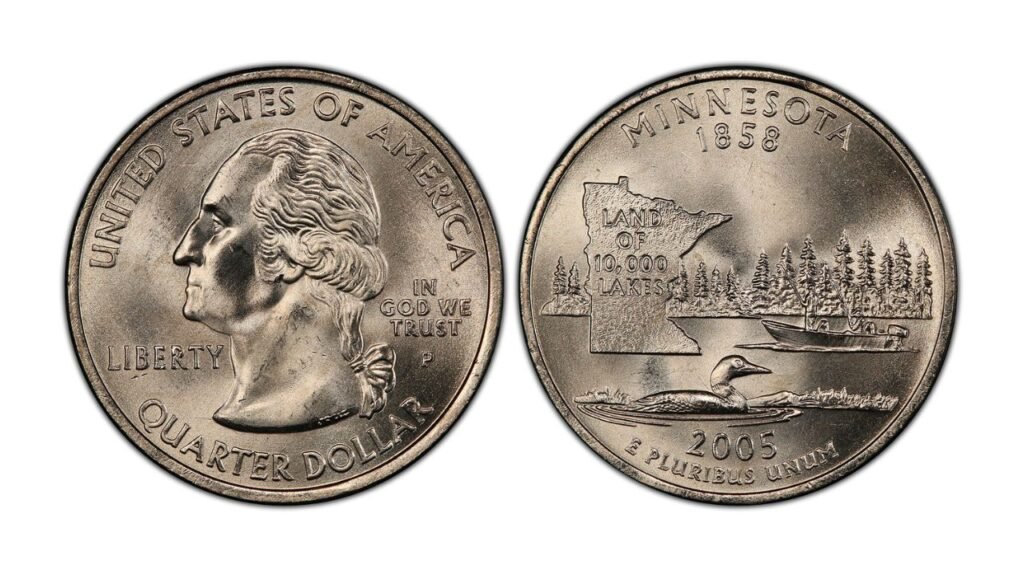
Known as the “Land of 10,000 Lakes” quarter, this coin features an additional tree near the state border due to a minting error.
- Value: $100–$200 for common grades; “Denver MS-67” coins can exceed $800.
- Collector Insight: Carefully inspect the design for the extra tree, as this error significantly boosts its value.
2008-W Silver Eagle with 2007 Reverse Design
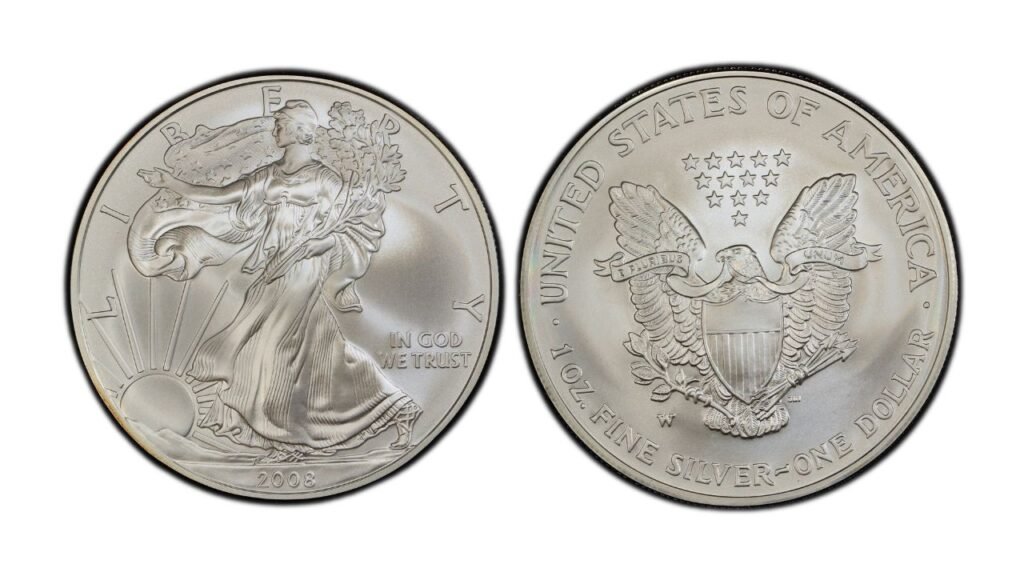
An anomaly occurred when the 2008 Silver Eagle was struck with a reverse die intended for 2007. The difference lies in the small bulge on the letter “U” of “United States.”
- Value: $1,000 or more for coins with this rare feature.
- Collector Insight: Compare your coin’s reverse design to distinguish between the 2007 and 2008 versions.
Presidential Dollar Errors
Coins from the 2007 Washington Presidential Dollar series feature errors in the edge lettering, such as missing or repeated letters.
- Value: Varies widely depending on the condition and type of error; some coins can be extremely valuable.
- Collector Insight: These errors are subtle but make these coins prized by collectors.
Why Rare Coins Are Valuable
Rare coins are prized for more than their monetary value—they embody history, art, and culture. Collectors see these coins as tangible links to the past, often willing to pay a premium for pieces with errors, limited minting, or significant historical context.
How to Determine a Coin’s Rarity
- Examine the Coin Carefully
Look for unusual markings, minting errors, or features that distinguish the coin from standard issues. - Check Its Condition
Coins in pristine condition, especially those graded by professional services like PCGS or NGC, tend to fetch higher prices. - Research Its History
Verify minting details and any known errors or anomalies associated with the coin. - Seek Professional Grading
Certified grading gives collectors confidence in a coin’s authenticity and value.
Selling Rare Coins
If you believe you own a rare coin, you can sell it through:
- Auction Houses: These are ideal for high-value coins.
- Online Platforms: Websites like eBay cater to collectors and enthusiasts.
- Coin Collecting Communities: Networking with collectors can help you gauge the market.
- Coin Shops: Local dealers may provide appraisals and offers.
Final Thoughts
Rare coins offer more than just monetary value; they provide a window into history and culture. If you have coins with unusual features, get them examined—what seems ordinary might be a treasure. Whether you’re a collector or someone stumbling upon a rare find, these coins could change your fortune.
FAQs
What makes a coin rare?
Rarity can stem from design errors, limited mintage, historical significance, or unique features.
How can I verify if my coin is rare?
Examine the coin’s design, condition, and minting details. Professional grading services like PCGS or NGC can confirm its rarity.
Are all old coins valuable?
No, only those with unique features, errors, or historical significance are typically valuable.
Where can I sell my rare coins?
Rare coins can be sold via auction houses, online marketplaces, coin collector forums, or local coin dealers.
How are rare coins valued?
Factors such as condition, rarity, demand, and historical importance determine the value of a rare coin.
